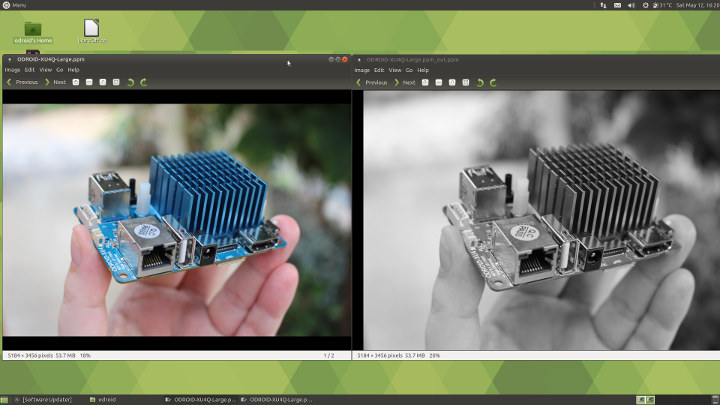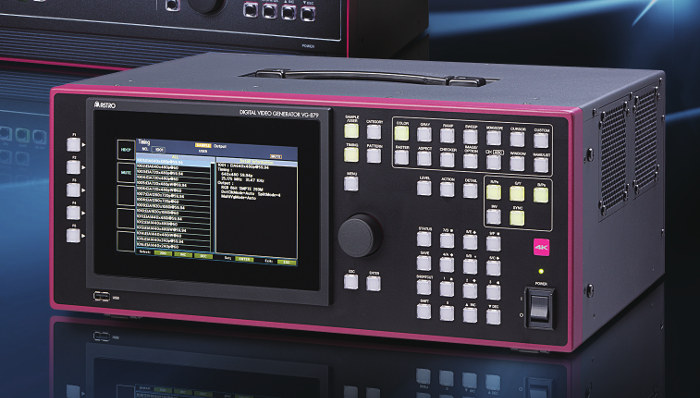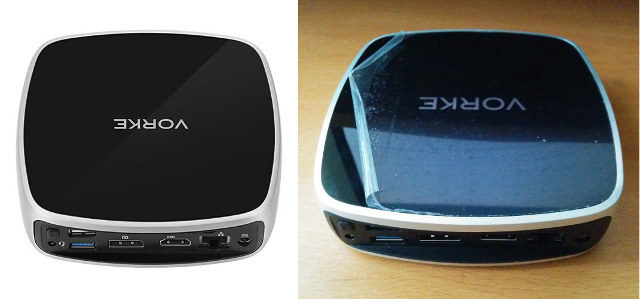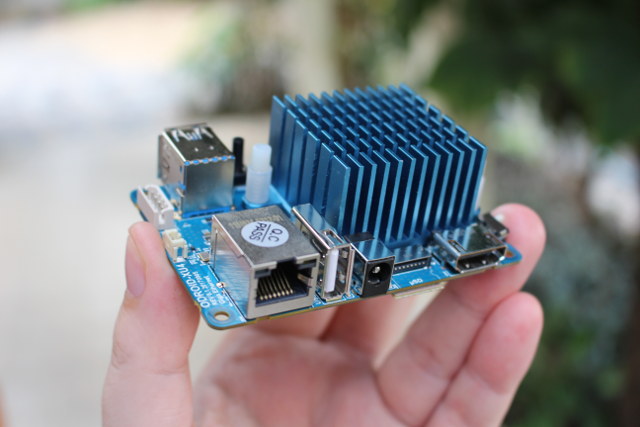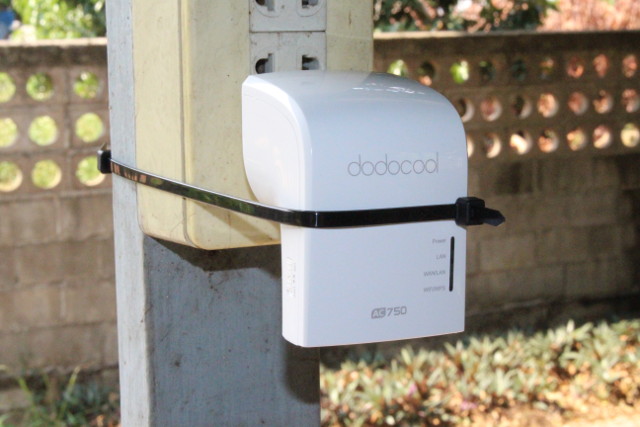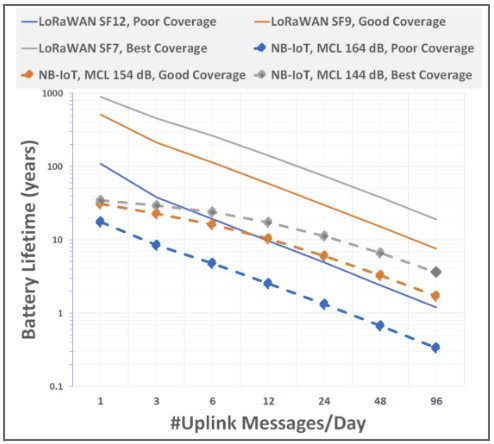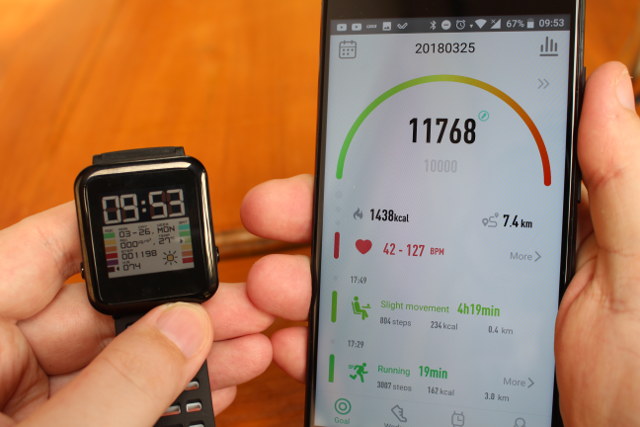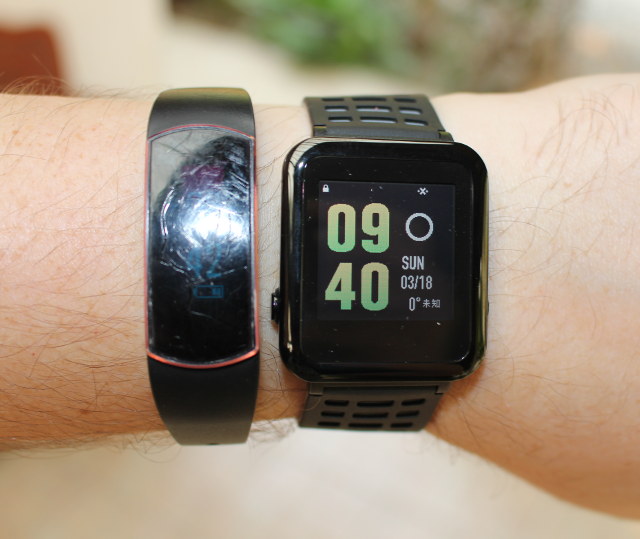Last week, I reviewed Ubuntu 18.04 on ODROID-XU4 board testing most of the advertised features. However I skipped on the features listed in the Changelog: GPU hardware acceleration via OpenGL ES 3.1 and OpenCL 1.2 drivers for Mali T628MP6 GPU While I tested OpenGL ES with tools like glmark2-es2 and es2gears, as well as WebGL demos in Chromium, I did not test OpenCL, since I’m not that familiar with it, except it’s used for GPGPU (General Purpose GPU) to accelerate tasks like image/audio processing. That was a good excuse to learn a bit more, try it out on the board, and write a short guide to get started with OpenGL on hardware with Arm Mali GPU. The purpose of this tutorial is to show how to run an OpenCL sample, and OpenCL utility, and I won’t go into the nitty gritty of OpenCL code. If you want to learn more […]
Astro Design HDMI Test Equipment Supports 8K @ 120 Hz
8K media players and 8K TVs are coming, but if you develop one of those products how do you test them since 8K players/TVs are not available just yet. Answer: Test equipment. Astro Design offers just that with their VG-879 digital video generator, as well as their VA-1844A HDMI protocol analyzer. VG-879 digital video generator key features: 4K/60p is transmitted by one channel of 12G-SDI. Max.4 slot-type interface units can be selected from 12G-SDI, HDMI2.0b 3G or 6G, DisplayPort 1.2a, V-by-One and Analog. By synchronizing 4 or 2 units of VG-879, 8K/120p or 8K/60p signals are supported. (8K/120p by V-by-One HS, 8K/60p by V-by-One HS and HDMI.) HDMI 2.0b test functions supported EIA CEA-861-F Timing Format including 4K/50, 60p, YCBCR 4:4:4/4:2:2/4:2:0 timing. SCDC parameter change and status display. ITU-R BT.2020 color bar and video output setting 4K6G with Scrambling Enable setting CEA-861.3 HDR (High Dynamic Range) InfoFrame setting HDR Test Patterns supported […]
Vorke V5 Plus Kaby Lake Mini PC Review with Windows 10 and Ubuntu 18.04
The Vorke V5 Plus mini PC just goes to show how initial impressions can be very misleading. Arriving in a plain manila-coloured box with the protection film on the top of the device starting to peal-off the minimalist contents only included a round-pin (European?) power supply and a small B&W ‘user’ manual. The mini PC has an Intel Celeron Processor 3865U from the Kaby Lake mobile range which is a dual-core (dual-thread) non-turbo 1.8GHz processor. However this SoC also includes an Intel HD Graphics 610 processor capable of 4K support at 60Hz through DisplayPort, although only 4K@24Hz on HDMI (1.4). Additionally the SoC supports DDR4 RAM in dual-channel configuration. The V5 Plus model which comes with both memory and storage although it is sold without them as a barebones V5 model. Physically the V5 looks similar to a NUC and the pre-populated V5 Plus included a single SODIMM stick of […]
Review of Ubuntu 18.04 on ODROID-XU4Q Development Board
Hardkernel released their first Samsung Exynos 5422 octa-core board in July 2014 with ODROID-XU3, which at the time was really a powerful board, but also pricey at $179. Later that year, the company released a cheaper version ($99) called ODROID-XU3 Lite, which I had the chance to review with Ubuntu 14.04 and Android 4.4. The company’s adventure with Exynos 5422 processor did not stop there, as in 2015 they released the smaller and even cheaper ($74) ODROID-XU4 board, and last year launched a fanless version of the board with ODROID-XU4Q featuring a large heatsink. More recently, the company also introduced ODROID-HC1 and ODROID-MC1 solutions for respectively network storage and clusters applications. That’s the short history of Hardkernel Exynos 5422 boards as I remember it, and that means that since 2014, or nearly 4 years so far, the company has kept updating Ubuntu and Android firmware for their board, including the […]
My Experience with Dodocool AC750 WiFi Repeater
A while ago, I tested Dodocool DC30S USB type C Hub with HDMI, USB port, and a card reader, and recently the company asked me whether I wanted to review another of their accessories. My ISP has recently taken the habit of being down several hours each month, so I rely on my neighbor’s WiFi (with he’s permission) in those case, but since the signal is too weak, I’m using a wireless audio streamer and a power bank to extend the signal and connect it to my router using WDS Bridging. Then I saw Dodocool DC24 802.11ac WiFi repeater, so I decided to give it a chance. Dodocool DC24 A750 Repeater Unboxing I received the device is a cardboard box with some specifications. It’s an AC750 router/repeater with 300 Mbps @ 2.4 GHz + 433 Mbps @ 5 GHz. The product page linked above has some more details with the […]
A Look at LoRaWAN and NB-IoT Power Consumption
LoRaWAN and NB-IoT are both designed for low power long range communication for the Internet of Things. We’ve previously seen both protocols have about the same 15km range in rural areas, and NB-IoT bitrate is a little higher since it can reach around 100 kbps, against 300 bps to 38.4 kbps for LoRaWAN. All LPWAN standards usually claim 10-year battery life, but it would be interesting to get some data about power consumption, and that’s exactly what AMIHO Technology has done by comparing LoRaWAN to cellular IoT (NB-IoT / eMTC) power consumption. They started by checking public information from datasheets, and compare Tx, Rx, Idle and Tx current for the three standards, and LoRaWAN is about three to five times more efficient in terms of current compared to NB-IoT, and as expected even more compared to LTE Cat-M1. They then went on to compare airtime for the different power states, […]
WeLoop Hey 3S Sports Smartwatch Review – Part 2: GPS, Running, Cycling, Notifications, and More
As mentioned previously I did not have such good luck with smart wearables so far, with disappointing products often with a short lifetime (a few weeks to a few months, and some design issues here and there like an e-Paper display without backlight, a touchscreen display with poor locking mechanism (so it’s activated while taking a shower), unreliable heart rate monitor, poor waterproofness and so on… My main requirements are always-on display, battery life as long as possible, notification support, good waterproofness to do tasks like taking shower or swim without having to remember to remove the watch, among others less important requirements. I mostly gave up on the category for about year, but decided to give it a try when GeekBuying asked me if I was interested in reviewing WeLoop Hey 3S sports smartwatch. Maybe things have improved since then. I’ve already gone through unboxing and initial setup in […]
WeLoop Hey 3S Sports Smartwatch Review – Part 1: Specifications, Unboxing, First Try with Android App(s)
It’s been a while since I have reviewed a smartwatch or fitness tracker, simply because I found most devices to be lacking, and break easily after a few weeks or months. It’s also difficult to find a device that combines long battery life, waterproofness, a decent screen, and all that at a reasonable price. But I decided to give it another try when Geekbuying asked me whether I was interested in reviewing WeLoop Hey 3S sports smartwatch with 5 ATM waterproofness, a standby time of 30 days, a color display, an optical HRM, and built-in GPS. I’ve just received it , so I’ll start by posting specifications about the watch, and checkout what’s inside the package. Weloop Hey 3S Specifications Display – 1.28″ color memory LCD display with 176×176 resolution, touchscreen Connectivity – Bluetooth 4.0 LE, built-in GPS Sensors – Heart rate monitor Battery – 270 mAh LiPo battery good […]


